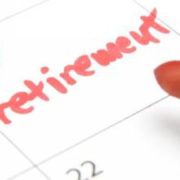How Re-employment Affects Federal Retirement Benefits
If you retired and are considering going back to work for the government, you could boost your annuity—perhaps substantially.
Unless you are one of the few who will be able to keep both your annuity and the full salary of your new position, what happens depends on whether your retirement was voluntary or involuntary and what retirement system you were in. If your retirement was voluntary, you’ll continue receiving your annuity; however, unless you are allowed to draw both fully, your salary for the new job will be offset by the amount of your annuity. If you work part time, the reduction will be proportional.
In general, the annuity of a retiree stops if he or she was involuntarily separated and the new position is permanent in nature, for example a career, career conditional or excepted service appointment. If that’s the case for you, when you go back to work you’ll have the same status as any other federal employee in an equivalent position and with a similar service history. In other words, you’ll pick up where you left off. When you leave government again, your annuity will be reinstated unless you are entitled to either an immediate or a deferred annuity based on the new separation. Click HERE to read full article




